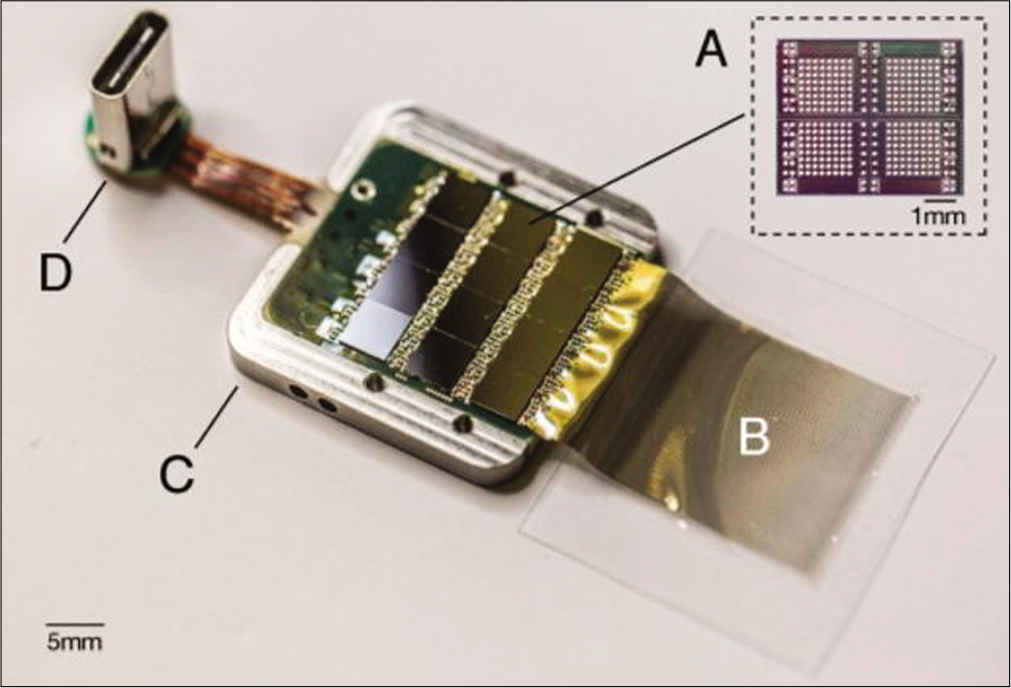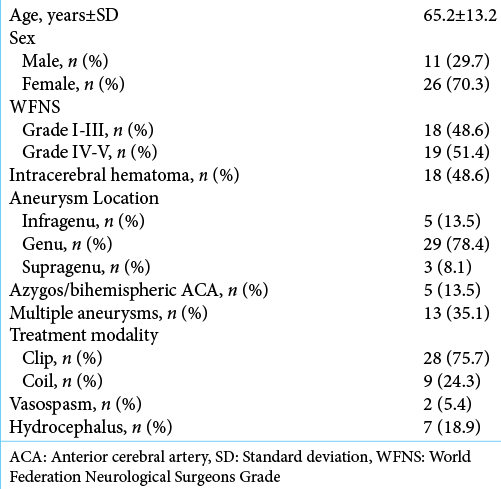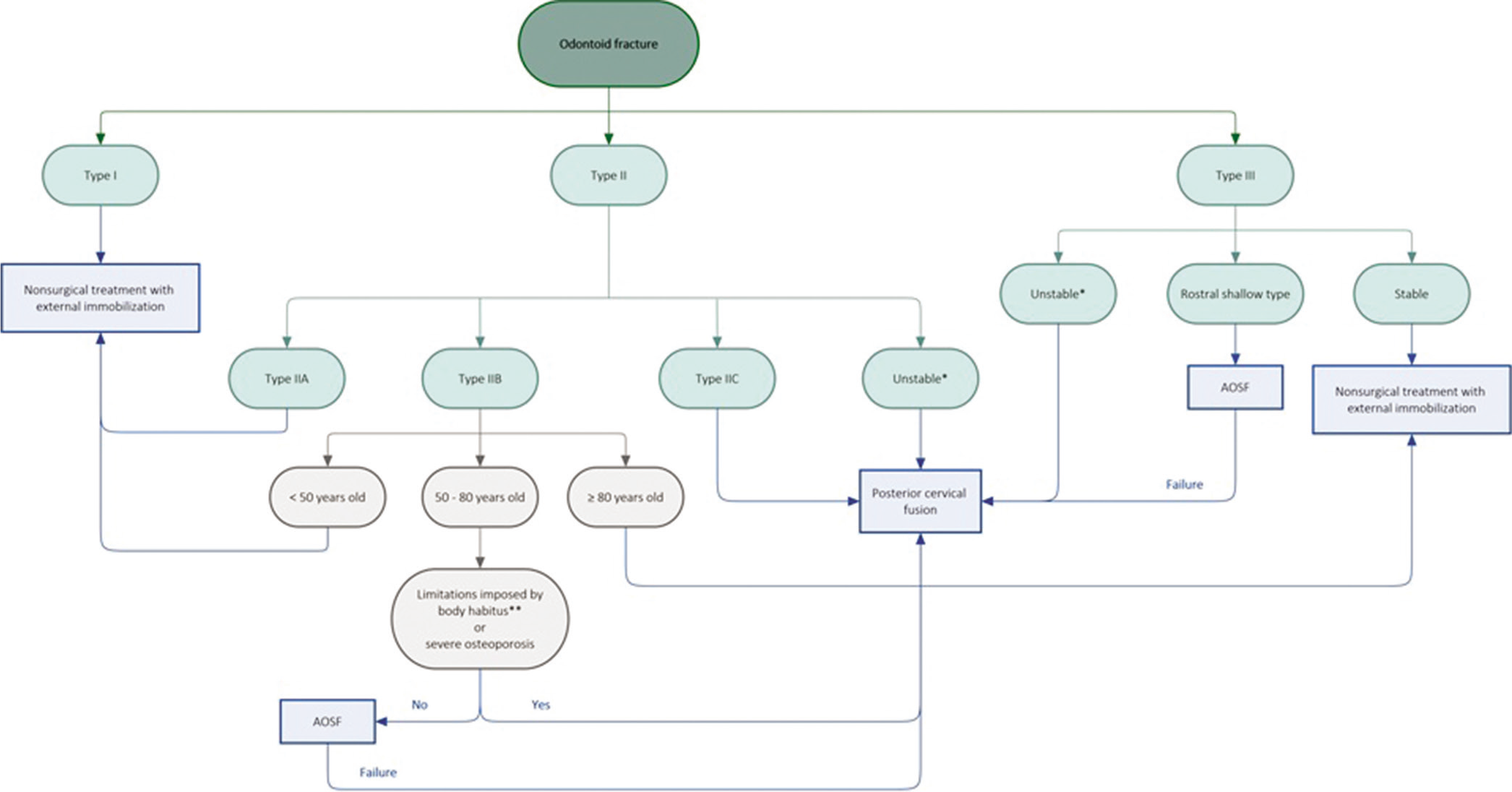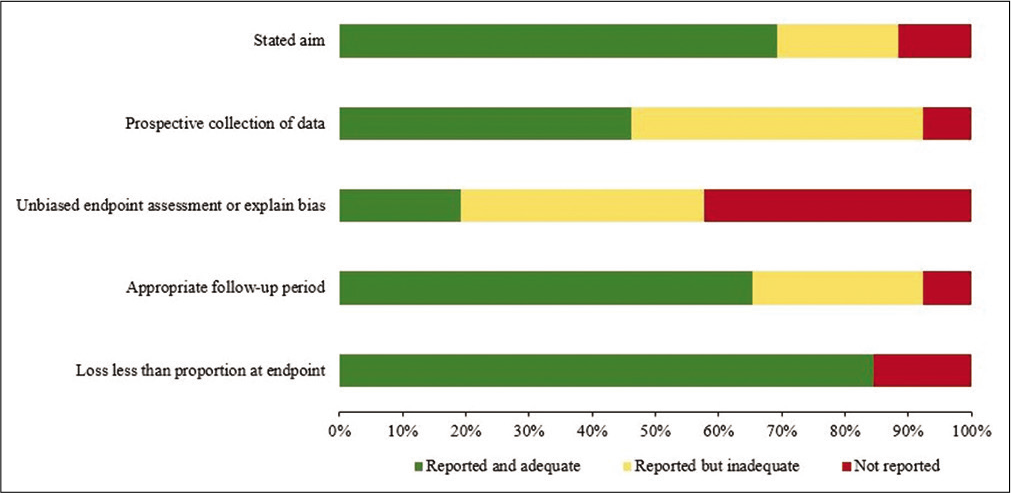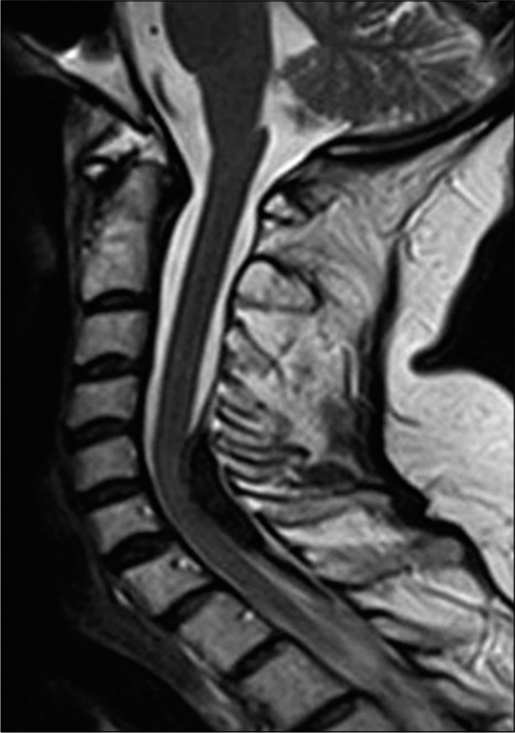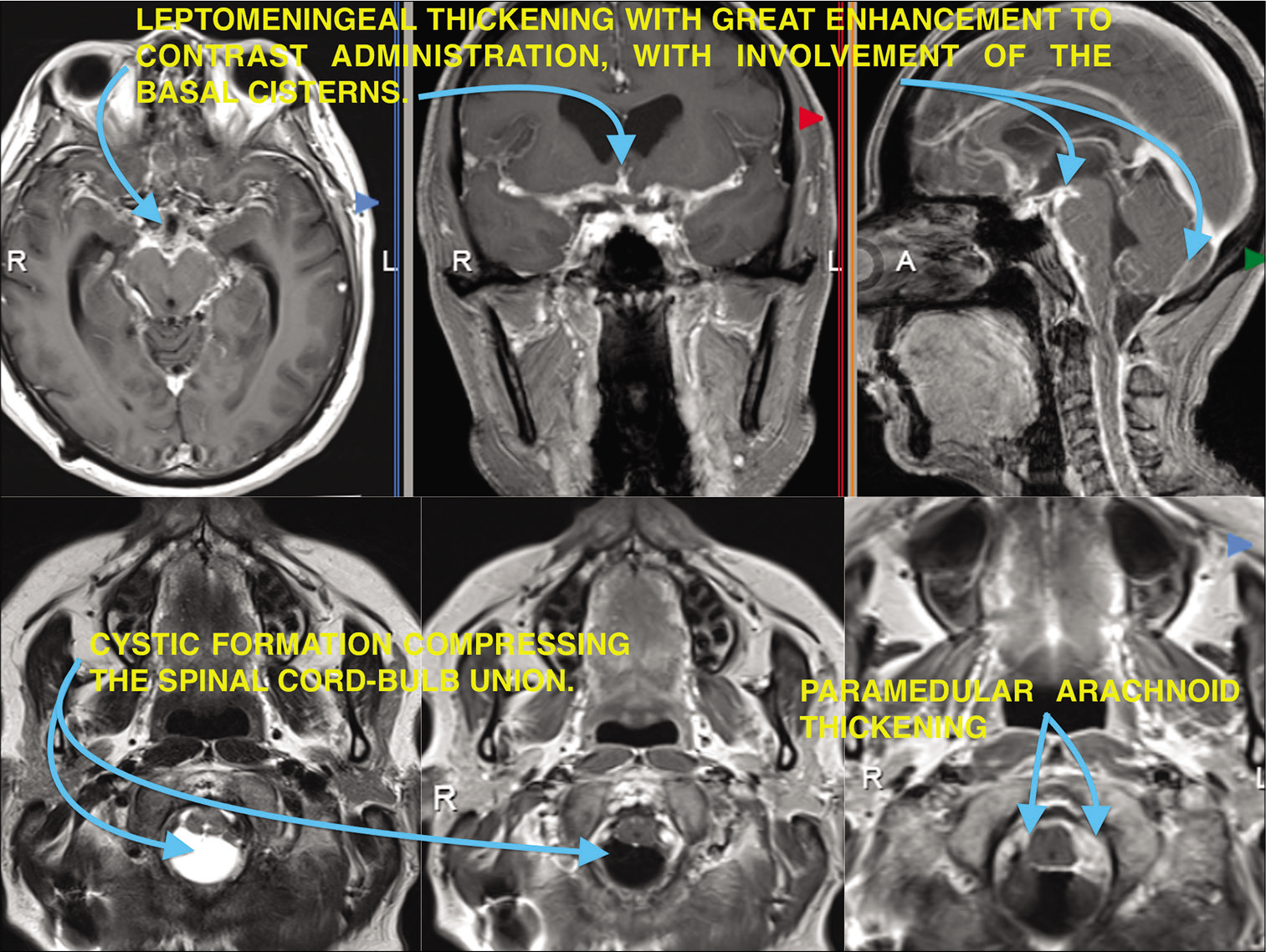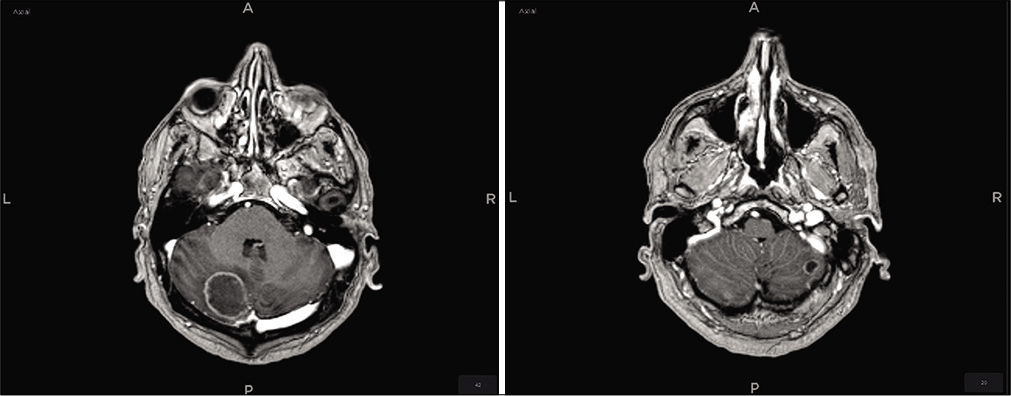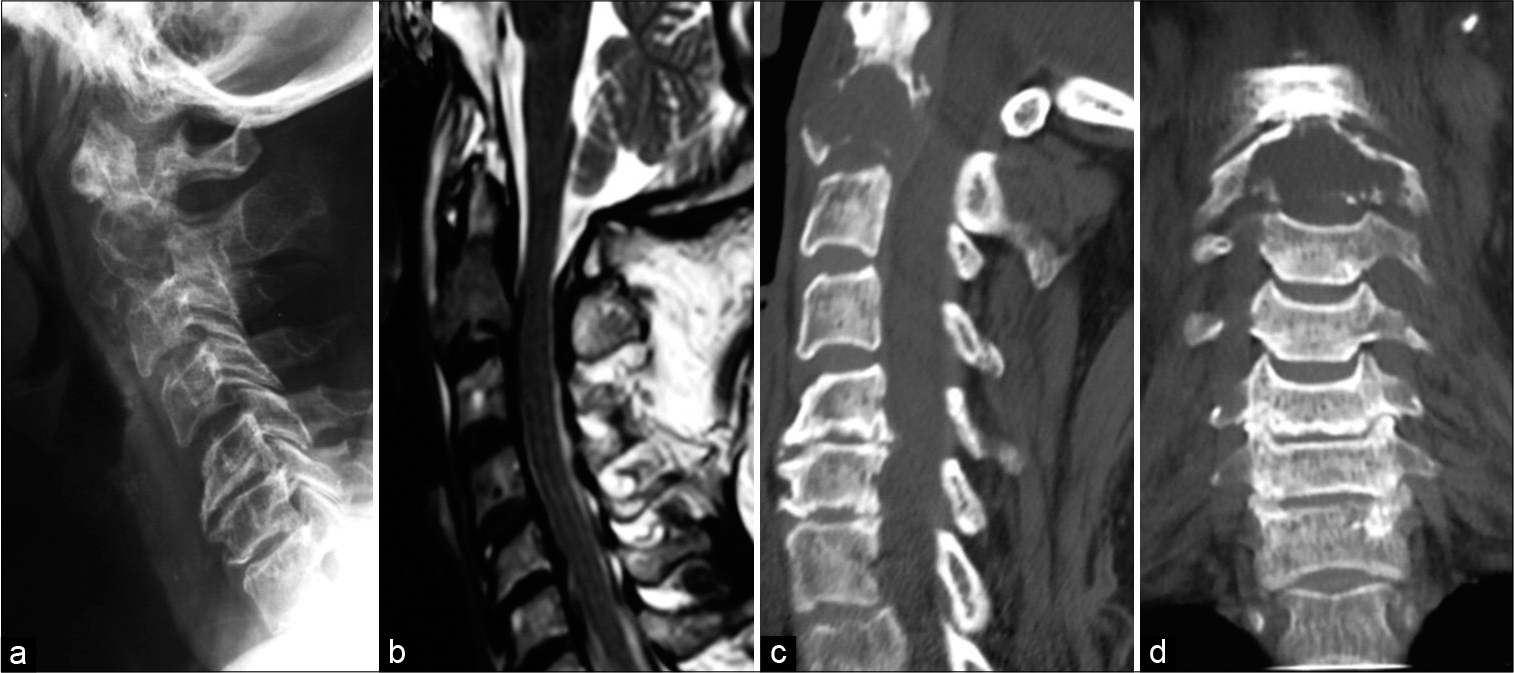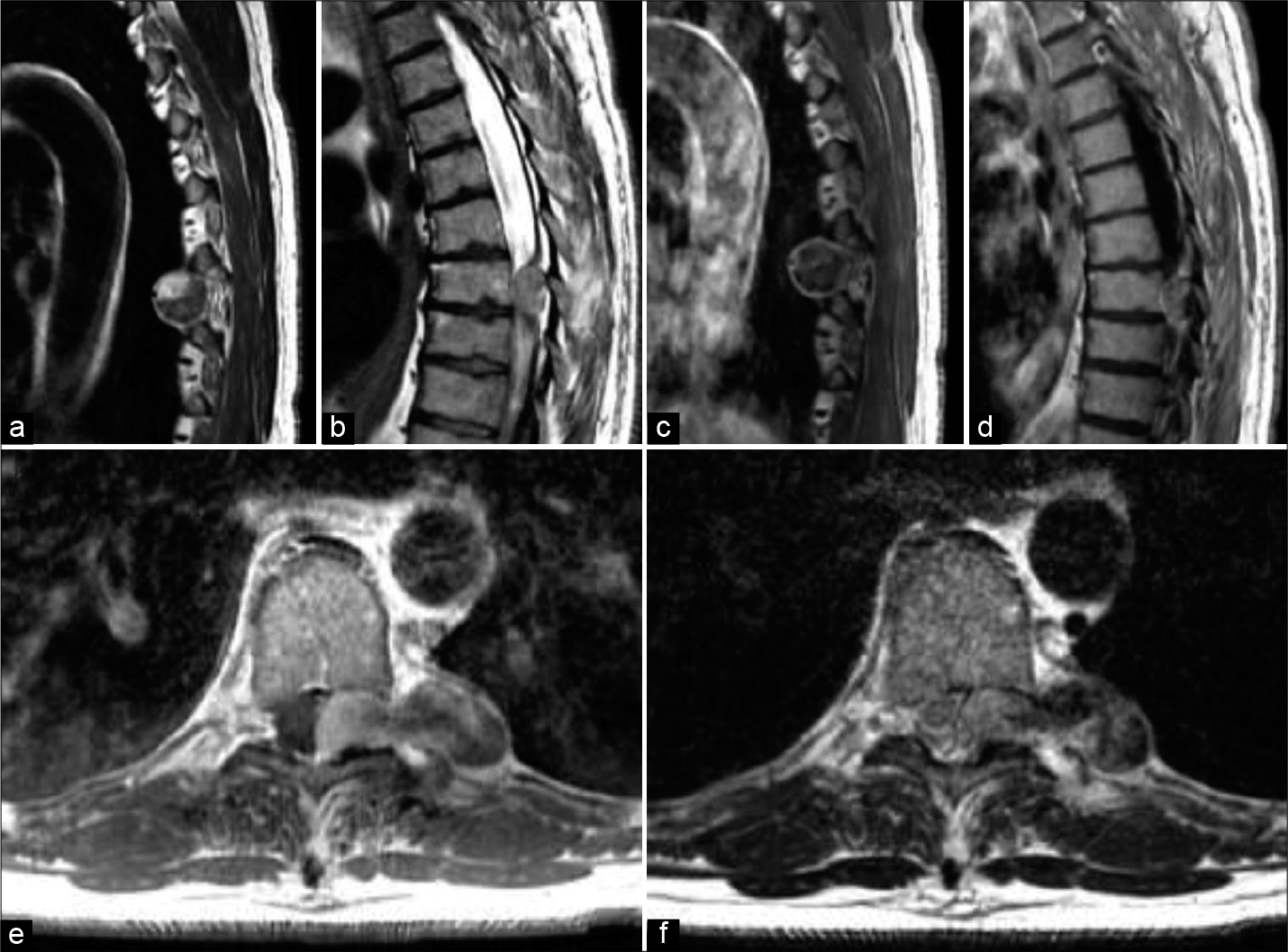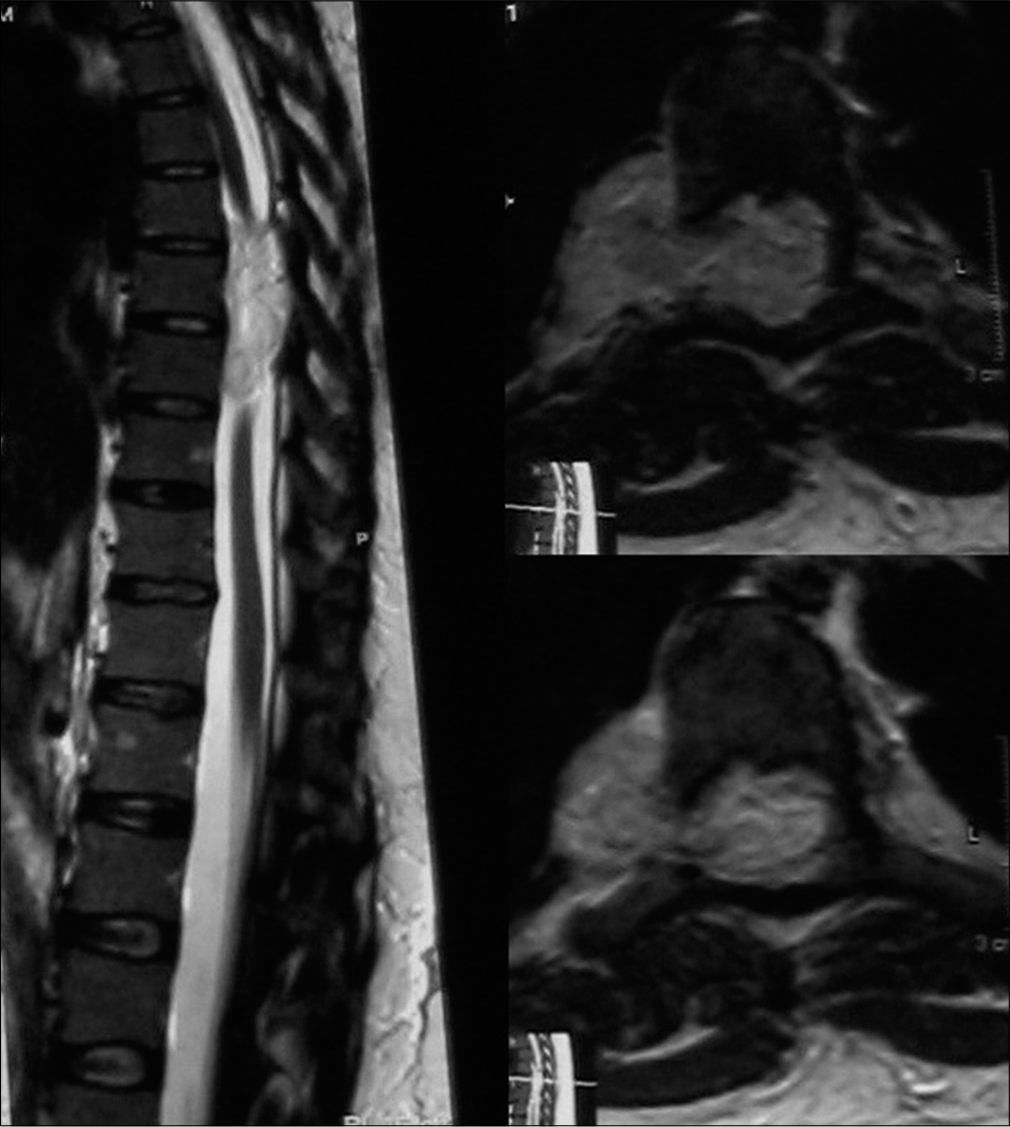Neurochips: Considerations from a neurosurgeon’s standpoint
Date of publication: 19-Apr-2021
Abstract
A neurochip comprises a small device based on the brain-machine interfaces that emulate the functioning synapses. Its implant in the human body allows the interaction of the brain with a computer. Although the data-processing speed is still slower than that of the human brain, they are being developed. There is no ethical conflict as long as it is used for neural rehabilitation or to supply impaired or missing neurological functions. However, other applications emerge as controversial.
To the best of our knowledge, there have no been publications about the neurosurgical role in the application of this neurotechnological advance. Deliberation on neurochips is primarily limited to a small circle of scholars such as neurotechnological engineers, artists, philosophers, and bioethicists. Why do we address neurosurgeons? They will be directly involved as they could be required to perform invasive procedures.
Future neurosurgeons will have to be a different type of neurosurgeon. They will be part of interdisciplinary teams interacting with computer engineers, neurobiologist, and ethicists. Although a neurosurgeon is not expected to be an expert in all areas, they have to be familiar with them; they have to be prepared to determine indications, contraindications and risks of the procedures, participating in the decision-making processes, and even collaborating in the design of devices to preserve anatomic structures. Social, economic, and legal aspects are also inherent to the neurosurgical activity; therefore, these aspects should also be considered.
Current treatment options and prognostic factors for ruptured distal anterior cerebral artery aneurysms
Date of publication: 19-Apr-2021
Background: Distal anterior cerebral artery (ACA) aneurysms are rare, representing 1–9% of all intracranial aneurysms. The best treatment strategy for these aneurysms continues to be debated. We clarified the clinical features and treatment outcomes of patients with ruptured distal ACA aneurysms according to the treatment options at our institute.
Determination and optimization of ideal patient candidacy for anterior odontoid screw fixation
Date of publication: 19-Apr-2021
Background: Odontoid process fractures are one of the most common spine fractures, especially in patients over age 70. There is still much controversy over the ideal candidate for anterior odontoid screw fixation (AOSF), with outcomes affected by characteristics such as fracture morphology, nonideal body habitus, and osteoporosis. Therefore, this systematic review seeks to discuss the optimal criteria, indications, and adverse postoperative considerations when deciding to pursue AOSF.
The utility of deep brain stimulation surgery for treating eating disorders: A systematic review
Date of publication: 19-Apr-2021
Background: Deep brain stimulation (DBS) has demonstrated preliminary success as a treatment for neuropsychological disorders including obsessive-compulsive disorder and substance use disorder. This systematic review aims to assess the use of DBS in treating eating disorders (EDs) to determine its utility and the extent of adverse effects.
Spontaneous epidural hematoma of the cervical spine in two patients with sarcoidosis
Date of publication: 19-Apr-2021
Background: Sarcoidosis is correlated with hematological abnormalities that can result in spontaneous spinal epidural hematomas (EDH). As there is significant risk for permanent neurologic sequelae due to acute cord compression, these lesions often warrant emergent surgical intervention.
Cryptococcal meningitis presenting as anterior spinal cord syndrome with accessory nerve palsy in immunocompetent patient: A case report
Date of publication: 19-Apr-2021
Background: Cryptococcus has a tropism for the nervous system with a higher prevalence of infection in immunosuppressed patients; it remains a major cause of human immunodeficiency virus (HIV)-related mortality worldwide. Neurological compromise caused by this microorganism mainly debuts as a meningeal syndrome, spinal involvement has been reported in literature, neuropathological assessments have found Cryptococci in spinal roots and meninges, with perineuritic adhesions probably explaining compromise lower cranial nerves and even spinal nerve roots.
Reactivation of COVID-19 in a neurosurgical patient with early neuropsychiatric presentation. Does seroconversion mean immunity?
Date of publication: 19-Apr-2021
Background: In the aftermath of COVID-19 outbreak, there is a strong need to find strategies to monitor SARSCoV-2 transmission. While the application of screening techniques plays a major role to this end, there is evidence challenging the real significance of seroconversion. We reported a case of COVID-19 reactivation associated with a neurosurgical operation with early neuropsychiatric involvement presumably promoted by olfactory and gustatory impairment in the first infection.
Pathological axis fracture secondary to a solitary bone plasmacytoma: Two cases and a literature review
Date of publication: 14-Apr-2021
Background: Solitay bone plasmocytoma (SBP) account for just 5–10% of all plasma cell neoplasms. They are infrequent in the cervical spine, especially involving the C0–C2 segment. In this article we conducted a literature review and present the diagnosis, management and long term course of two patients with SBP of C2 causing cervical instability.
Hemorrhagic spinal melanotic schwannoma presenting as acute chest pain: A case report and literature review
Date of publication: 14-Apr-2021
Background: Melanotic schwannoma (MS) is a rare variant of peripheral nerve sheath tumor. MS commonly arises along the spinal nerve sheath. Patients most often experience pain along the dermatome of the affected nerve root. Symptoms development is usually insidious. About half of MS cases are associated with Carney complex, a multi-neoplastic disorder. The remaining cases arise spontaneously. About 10–44% of these tumors undergo malignant transformation.
Dorsal epidural “Spindle Cell Lipoma” in a pregnant female
Date of publication: 14-Apr-2021
Background: Spindle cell lipoma (SCL) constitutes just 1.5% of all lipomatous tumors. They typically occur in the upper back and shoulders. Here, we report a 37-year-old female presenting with a SCL in the dorsal epidural thoracic spine, during her 9th month of pregnancy.


